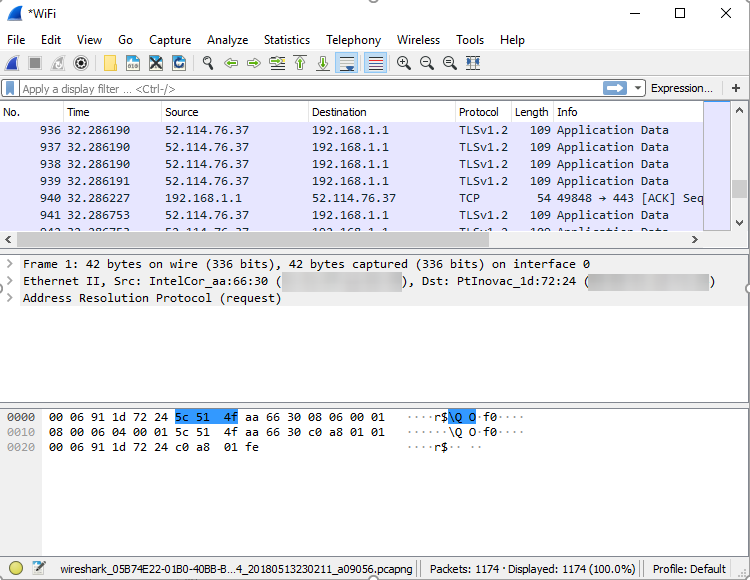

Promiscuous mode is often used to monitor network activity and to diagnose connectivity issues. What are the drawbacks of promiscuous mode? Promiscuous mode makes sure all transmitted data packets are received and read by network adapters.

Within the network, this mode of operation is used for packet sniffing, the practice of collecting and logging packets that pass through the network for further analysis, such as the analysis of traffic or bandwidth usage. Instead, it passes each packet on to the operating system (OS) or any monitoring application installed on the network. This means the adapter does not filter packets. In an Ethernet local area network ( LAN), promiscuous mode ensures that every data packet that is transmitted is received and read by a network adapter. This enables a network monitoring tool to examine the content of the transmission for potential threats. In both cases, it causes the controller to pass all traffic it receives to the central processing unit instead of just the frames it is specifically programmed to receive. This mode applies to both a wired network interface card and wireless NIC. In promiscuous mode, a network device, such as an adapter on a host system, can intercept and read in its entirety each network packet that arrives. In computer networking, promiscuous mode is a mode of operation, as well as a security, monitoring and administration technique.


 0 kommentar(er)
0 kommentar(er)
